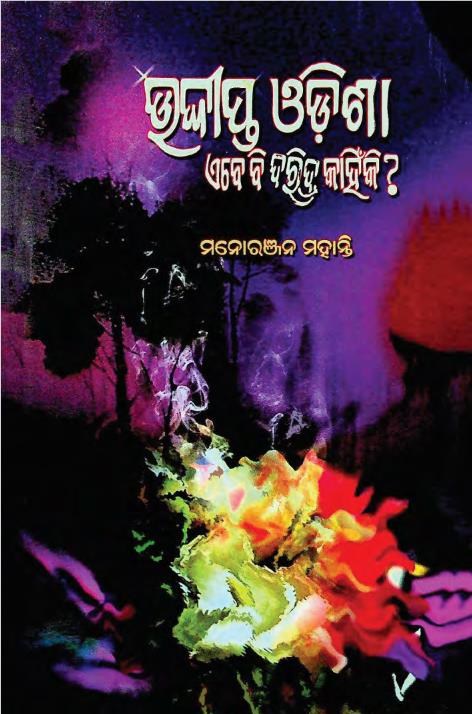Uddipta Odisha, a term that signifies a bright and prosperous Odisha, sparks discussions about the ongoing paradox of development versus poverty within in the state. Despite the visible growth and advancements in certain sectors, the lingering question remains: Why does unemployment and poverty still persist in a state enriched with natural resources such as mines and forests?
Odisha, a state on the eastern coast of India, is endowed with vast natural resources. Its mineral wealth includes bauxite, coal, iron ore, and chromite, among others. The forest cover, which constitutes a significant part of the state’s geography, is a source of livelihood for many. Tribal communities, possessing rich traditions and a deep connection to the land, rely heavily on these resources. However, despite these advantages, Odisha faces serious economic challenges.
The state has made strides in various sectors such as information technology, tourism, and agriculture. However, the benefits have not always trickled down to the marginalized communities. A substantial proportion of the tribal population continues to live in dire poverty. This disparity raises the question: Is development genuine if it leaves a large section of society behind?
Mining is one of the most significant contributors to Odisha’s economy. It generates revenue and provides employment opportunities. However, the mining industry often operates at the expense of tribal lands and livelihoods. Displacement of communities and destruction of ecosystems lead to social unrest and conflicts. The promised benefits of mining, such as jobs and infrastructure development, frequently fail to materialize for those directly affected.
Forest resources are equally crucial. They provide food, fuel, and medicine to local communities. Yet, deforestation and exploitation for commercial gain have targeted these resources, diminishing their capacity to sustain local populations. Government policies often focus on industrial growth without taking into account the needs and rights of indigenous communities, creating an unsustainable cycle of exploitation.
The government of Odisha has initiated various programs aimed at poverty alleviation and tribal development. These include enhancing access to education and healthcare, promoting self-help groups, and improving infrastructure in rural areas. However, the effectiveness of these initiatives remains questionable, as they often lack grassroots involvement and do not address the systemic issues of exclusion and marginalization.
Awareness and participation are key factors in any successful developmental strategy. Engaging tribal communities in decision-making will empower them and ensure that their rights are upheld. Additionally, policies must focus on sustainable practices that protect the environment while also providing economic opportunities.
Books Info
| Books name | Uddipta Odisha Ebe Bi Daridra Kahinki / ଉଦ୍ଦୀପ୍ତ ଓଡିଶା ଏବେ ବି ଦରିଦ୍ର କାହିଁକି ? |
| Author | |
| No Of pages | 160 |
| Publisher | Sri Bijaya Shankara Patra |
| Publication | 2015 |
| Printed At | Guruprasann Press |
| Distributor | NA |

